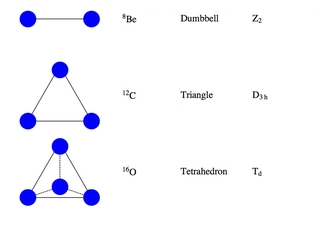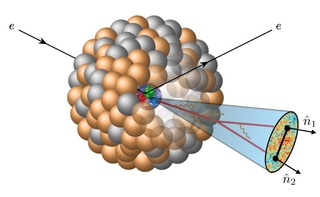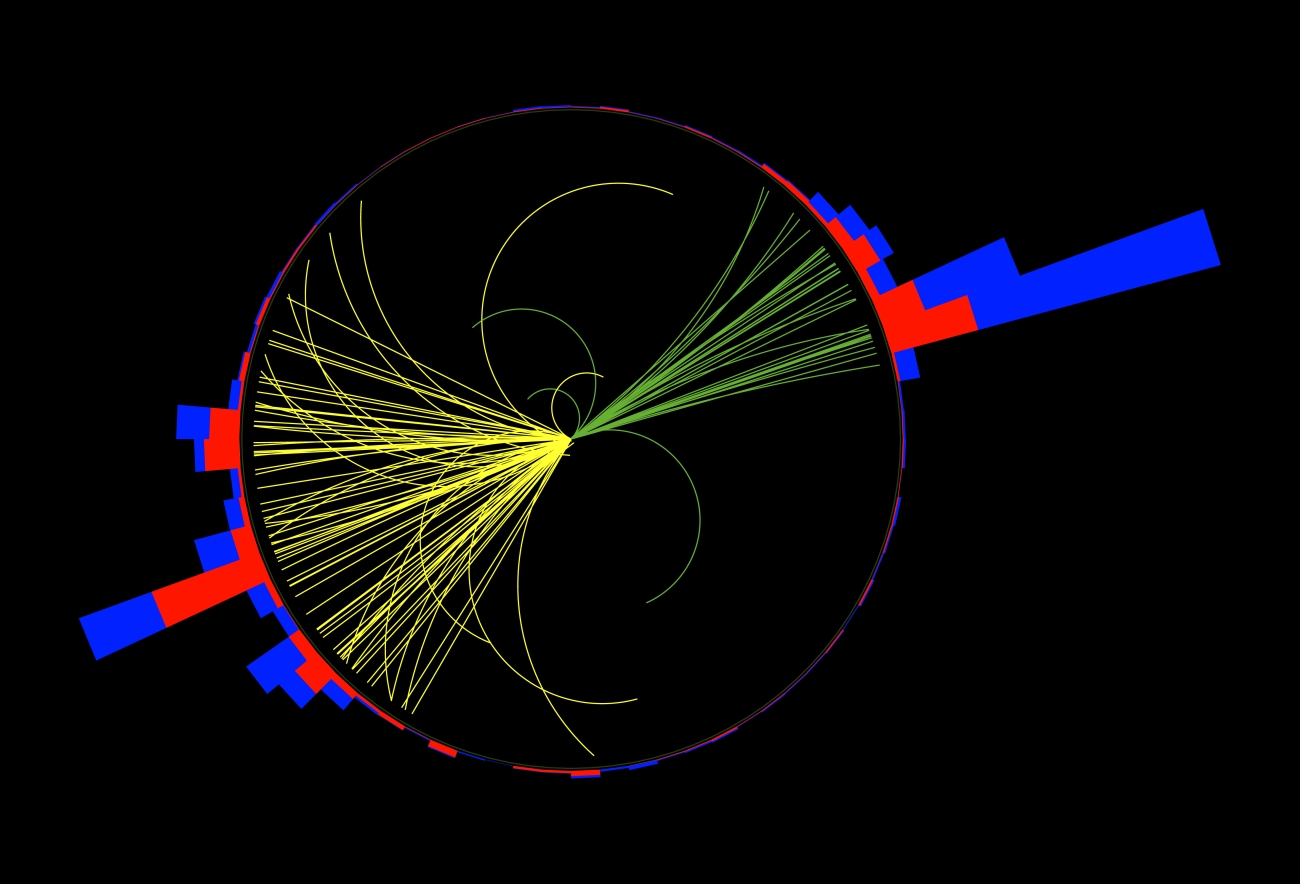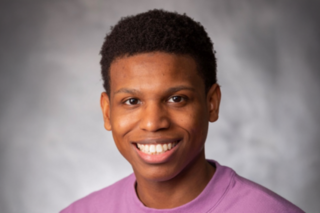Symmetry in Physics
Co-developed (with A. Arima) the interacting boson model of nuclei (1976). Introduced supersymmetry in nuclei (1980). Developed the vibron model of molecules (1981). Current research interests:Theory of quantum phase transitions (QPT) and excited state quantum phase transitions (ESQPT) in Bose- and mixed Bose-Fermi systems, with applications to nuclei and molecules. Theory of double beta decay with and without the emission of two neutrinos for the determination of the neutrino mass. Algebraic theory of clustering with applications to the alpha-clustering structure of light nuclei.

Collider Experiments and Jet Substructure
Ian Moult has been developing new techniques in quantum field theory to improve our understanding of real world collider experiments, with applications in particle and nuclear physics. He has played a leading role in the development of jet substructure, which takes advantage of subtle patterns in the structure of energy flow in collisions at the LHC to maximize the discovery potential for new physics and better understand the theory of the strong interaction.

Theory News
-
Craft awarded Kavli Institute for Theoretical Physics Graduate Fellowship
Evan Craft, a graduate student in Wright Lab assistant professor Ian Moult’s group, has been awarded a KITP Graduate Fellowship.
-
Moult awarded 2025 Sloan Research Fellowship
Moult was one of four Yale faculty members to win Sloan Research Fellowships in 2025. The fellowship recognizes early-career scientists and scholars.
-
Iachello’s 40 years of leadership in theoretical physics feted
The departments of physics & chemistry and Wright Lab hosted a two-day symposium in celebration of the career of the J.W. Gibbs Professor Emeritus.



